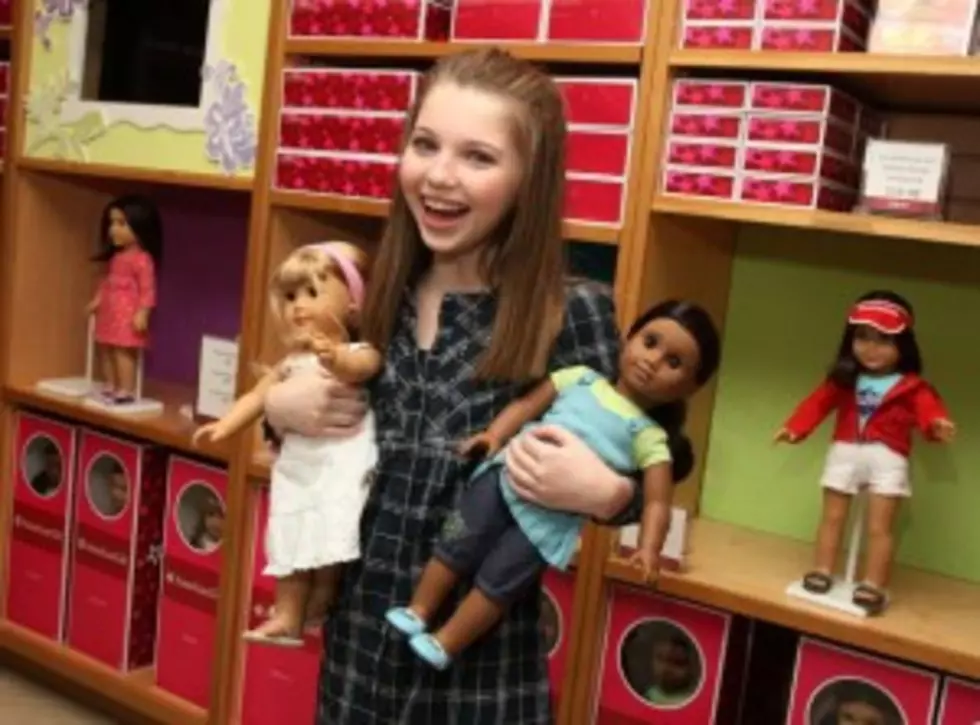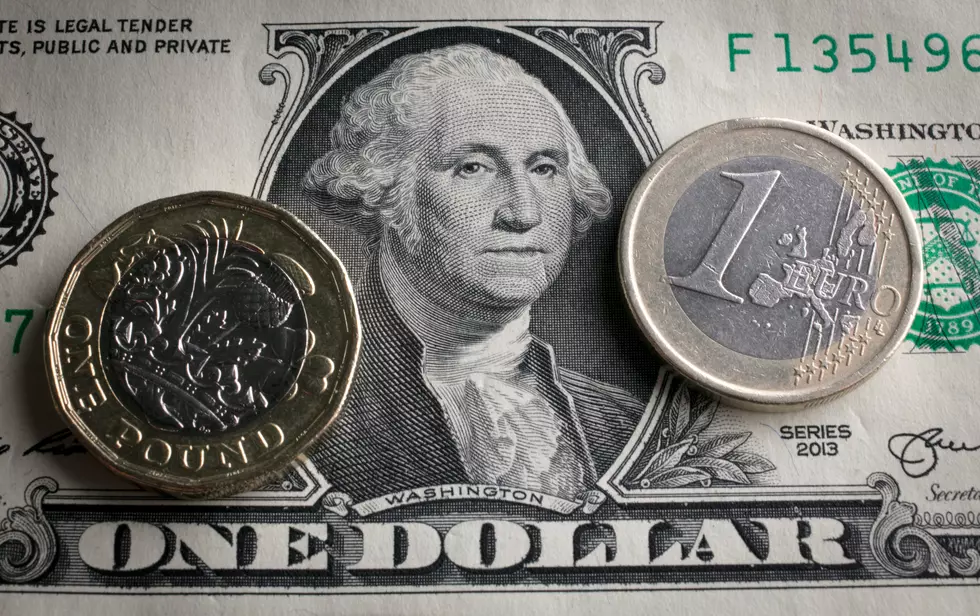
30-Minute Clutter Solution For Kids Toys
Spring is here (well on the calendar if not in the weather), so spring cleaning is waiting to be done. As a parent of a couple very young kids, I see the #1 clutter problem at my house involves the kids and their toys. But, they say there is a solution to keep the clutter down and not have it take all day to do it.
Young kids love their toys. The presence of toys is one of the key elements that separates a child's bedroom from an adult's. Given the diversity of sizes and shapes, the amount of small, removable pieces, and frequency of use, it's no wonder that toys are the largest source of clutter in any young child's room.
The first step to getting toys in order is winnowing out broken toys, safety hazards, and those the child has outgrown. Try to do this with your child: you may be surprised what he or she no longer wants to keep.
The next step to organizing toys involves a lot more than just a bigger toy box. Infants, toddlers, and preteens present the biggest toy-management challenges.
# Infants: If you have an infant, you're in control of the toys. But that can become quite a chore because so many people give toys as gifts. Don't be afraid to donate toys that never get played with or are stored in closets. Create a "favorites" bag for the small toys that your child likes the most. You can use a backpack or any other fabric bag with a loop or handle (even a mesh laundry bag will work). Fill the bag with the baby's favorite toys and then put it on the floor next to the crib when your child is in the crib. The bag can move wherever the child goes — to the playpen, changing table, stroller, and beyond. That way, you'll always have a place for your child's favorite toys. Because infants make a mess of things within their reach, keep extra stuffed animals, learning toys, and toys for later ages together by type on a high shelf or in a box with a latch.
# Toddlers to preteens: Beyond the age of two, children's toy collections become increasingly diverse and extensive. Keeping the growing population of toys in line requires a variety of storage solutions.
Benches, boxes, and chests can provide ample storage to accommodate an assortment of toys. If you use a toy box, consider buying one without a lid or removing the lid from the one you have. That way the child sees exactly where the toys are supposed to go, and can literally throw them in there. It removes one step in the process — that of opening the lid — making it much easier to stay organized. It also removes the possibility of the lid closing on small fingers. If you keep the lid, look for boxes with finger cutouts and lid-control devices with safety hinges. Bench toy boxes serve two purposes: seating and storage. Find one with a slatted lid so it's easy to see the toys inside.
Bin consoles are great solutions for rooms with more than one child. These are essentially groups of stacked cubes with pullout baskets. The cubes can be self-standing or mounted on a wall — but it's always better to keep things low so small children can get to what they need without being tempted to climb. Toys in consoles can be segregated by type or by child. Some consoles come with simple transparent boxes that let the child see what's inside. Other units use wicker or wood baskets that can be labeled with words, a picture, or an icon (for example, twist-tying a small stuffed bunny to the front of a basket containing stuffed animals). Choose a stylish, well-made bin console and it will serve your child from the crib through college.
See more ideas, including tips for teens via Bedrooms and Kids' Rooms - Toy Storage - 30-Minute Clutter Solution - Good Housekeeping.
More From B105









